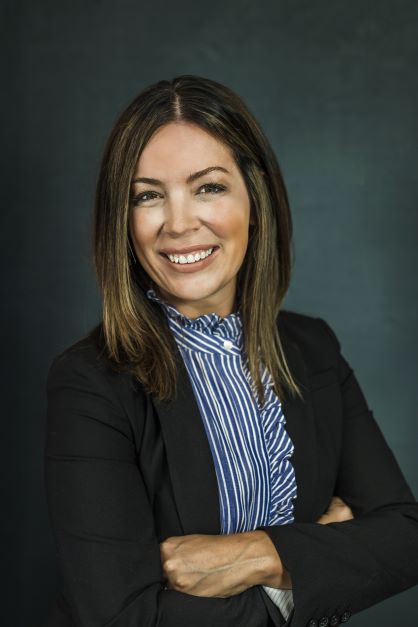It’s a question Cardinal Health’s Jill Amicone asks herself as a leader and her team as it works to help health system providers strategize and prepare for the future.
If you had asked Jill Amicone what it took to be identified as leadership material in an organization, she may have had a different answer earlier in her career. But today, as Vice President of Nursing Care Products Sales for the U.S. Medical Products and Distribution business at Cardinal Health, she said she’s learned to identify top talent by an individual’s ability to be flexible and adaptable – to changing market conditions, customers’ needs, supply chain disruptions, and technology innovations.
“Some of that is because of the pandemic, but really I think it’s always been a part of what we do,” Amicone said. “Nothing is constant in our market. Whatever my day looks like when I wake up at 5 a.m. is not what it will look like when I finish.”
Good leaders are always looking for different opportunities and solutions – and for team members to take the initiative in their own hunt for those solutions. “They can come from anywhere in your organization,” she said. “I promised my team that I would stop using the word ‘pivot,’ but we have to be able to pivot in our marketplace and adjust our strategy to respond to our customers and support their priorities.”
When team members see a leader who can adapt confidently to whatever’s happening in a changing marketplace with shifting circumstances, they’re inspired by that person and are more assured in what they’re doing day-to-day.
Amicone said leaders must have integrity to effectively lead a team or organization. “When your team sees honesty and transparency [amid difficult circumstances], they are more engaged and committed to what they’re doing for our organization and customers.”
Changing behaviors
Throughout the pandemic, the purchasing patterns and behaviors of U.S. healthcare providers were different. They had to be. But what Amicone has been excited about over the last 6 to 12 months is partnering with customers and clinical end-users in figuring out who they want to be in this post-COVID pandemic world. “On the one hand, you have customers who want to diversify their suppliers,” she said. “But on the other hand, you have customers who want to reinstate standardization efforts and really get back to one supplier or one technology solution to support clinical needs. I find it energizing, and I think my team does too – being the right solution for our customers.”
Transparency in today’s discussions with customers is paramount. Prior to the pandemic, supplier-provider conversations didn’t necessarily cover supply chain visibility and a customers’ initiatives or goals from RFP or trial. Were they looking to go to multiple suppliers, or was standardization the priority? “Now we’re going into those conversations really with an idea of what they’re looking for in a partnership and supply relationship.”
Success beyond numbers
Seeing improved clinical outcomes with Cardinal Health’s products is a good key performance indicator for leaders to track. “Numbers would obviously come along with that, but if you recently placed a product with a customer and you see the customer achieving goals, whether it’s lowering catheter-associated urinary tract infection (CAUTI) rates, or reducing surgical site infections, needle sticks, whatever it may be, if you start to see a customer hit their goals, that’s very rewarding and another way to measure success.”
Outside of hitting financial goals, Amicone said she measures success as a leader in the retention, development, and promotion of team members from within, particularly with anyone who has been identified as top talent. “There’s nothing more rewarding than seeing your top talent secure the next role in their career aspirations,” she said.
